new house has a Pear tree....need instruction..
bgaviator
9 years ago
Related Stories
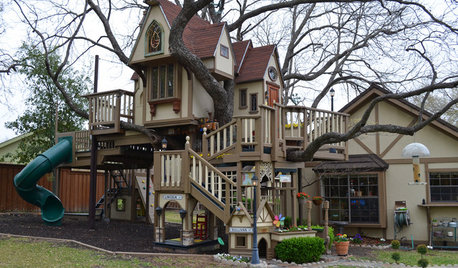
MOST POPULARThe Most Incredible Kids' Tree House You'll Ever See?
Duck your head to enter this unforgettable Dallas wonderwork, lovingly crafted with imaginative delights
Full Story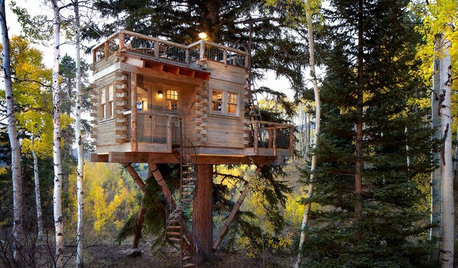
TREE HOUSESHouzz Call: Show Us Your Well-Designed Treehouse or Tree Fort!
Got a great treehouse or tree fort? We want to see it! Post yours in the Comments and we’ll feature the best in a future article
Full Story
HOUSEPLANTSGet a Dash of the Rain Forest With Madagascar Dragon Tree
This living decoration reaches up to 15 feet, has minimal needs and adapts to different light levels — just steer clear of fluoride
Full Story
EDIBLE GARDENSWhy Grow Quince? For Beauty, Fragrance and Old-Time Flavor
Delightfully perfumed fruit and lovely spring blossoms make this apple and pear cousin worth a spot in the garden
Full Story
EDIBLE GARDENSHow to Add an Apple Tree to Your Edible Garden
Readily available, beautiful and fragrant, apple trees offer four-season interest along with crisp, juicy fruit
Full Story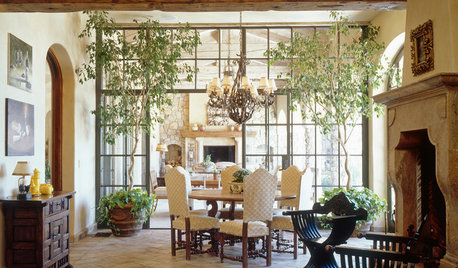
Rooting for Indoor Trees
Houseplants tend to get all the glory indoors, but trees deserve their place in the sun — and in your living room, your entryway, your ...
Full Story
HOUZZ TOURSMy Houzz: Curve Appeal Among the Trees
A fan-shaped midcentury home in Pittsburgh is so admired, it’s now a home-tour stop
Full Story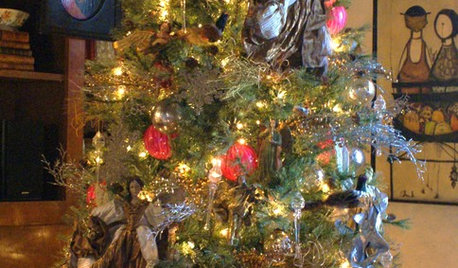
HOLIDAYSChristmas Tree Decorating the Painless Way
Holidays are for carols, not cussing. Make tree trimming less work and more fun with this guide at your side
Full Story
FARM YOUR YARDIf You Have Room for Only One Fruit Tree ...
Juice up a small garden with one of these easier-care or worth-the-effort fruit trees for a mild climate
Full StoryMore Discussions






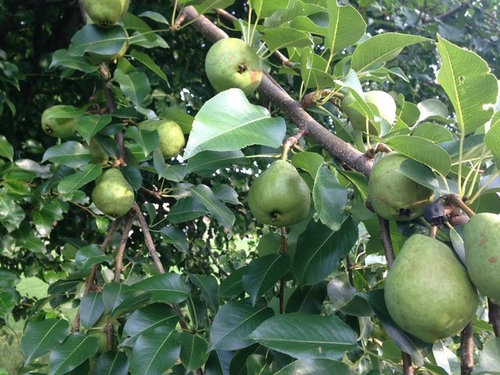
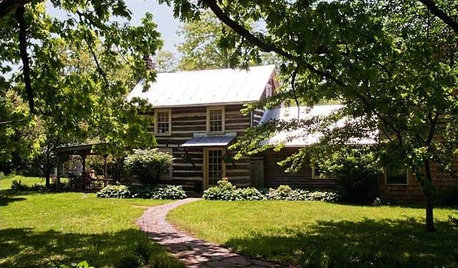

curtis
urbanfarmer7b
Related Professionals
Forest Acres Landscape Architects & Landscape Designers · Marina Landscape Architects & Landscape Designers · Goodyear Landscape Contractors · Wilmington Landscape Contractors · Beverly Hills Landscape Contractors · Centereach Landscape Contractors · Galveston Landscape Contractors · Mahwah Landscape Contractors · Midland Landscape Contractors · Point Pleasant Landscape Contractors · Ponte Vedra Beach Landscape Contractors · Sammamish Landscape Contractors · St. Louis Landscape Contractors · Tavares Landscape Contractors · Wanaque Landscape ContractorsbgaviatorOriginal Author
bgaviatorOriginal Author
bgaviatorOriginal Author
2010champsbcs
curtis
rayrose
nyRockFarmer
menopers
bgaviatorOriginal Author
marknmt
bgaviatorOriginal Author
cousinfloyd
marknmt
appleseed70
tlbean2004
TurCre
alan haigh